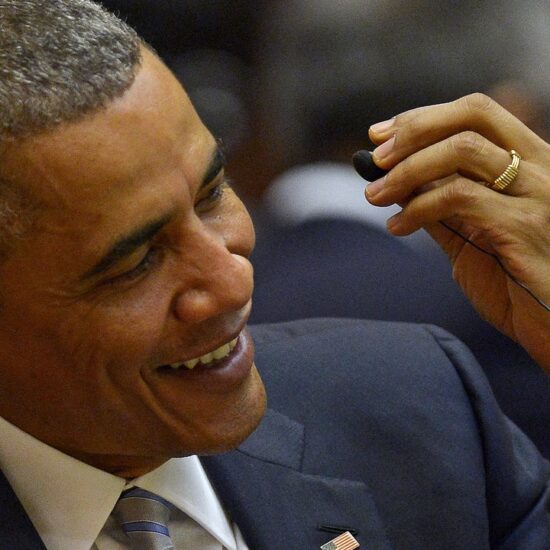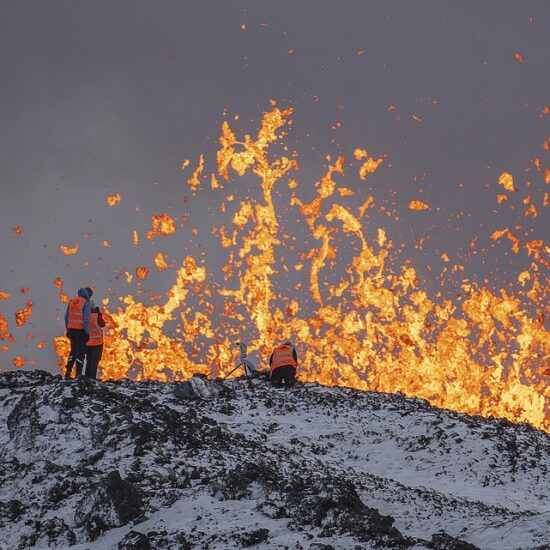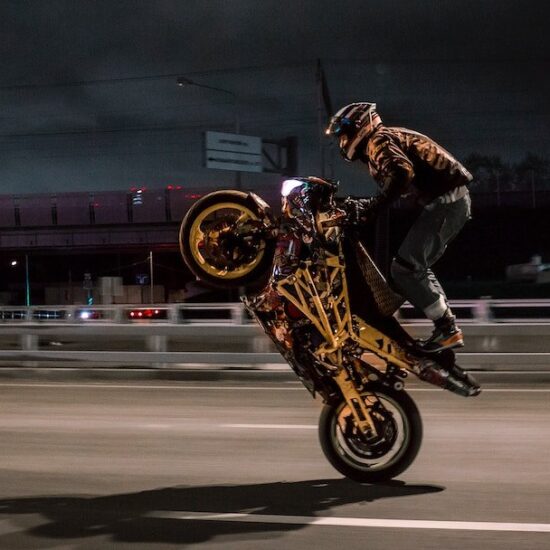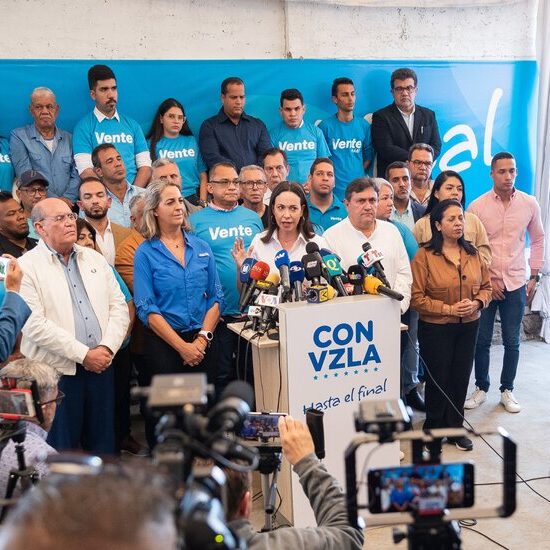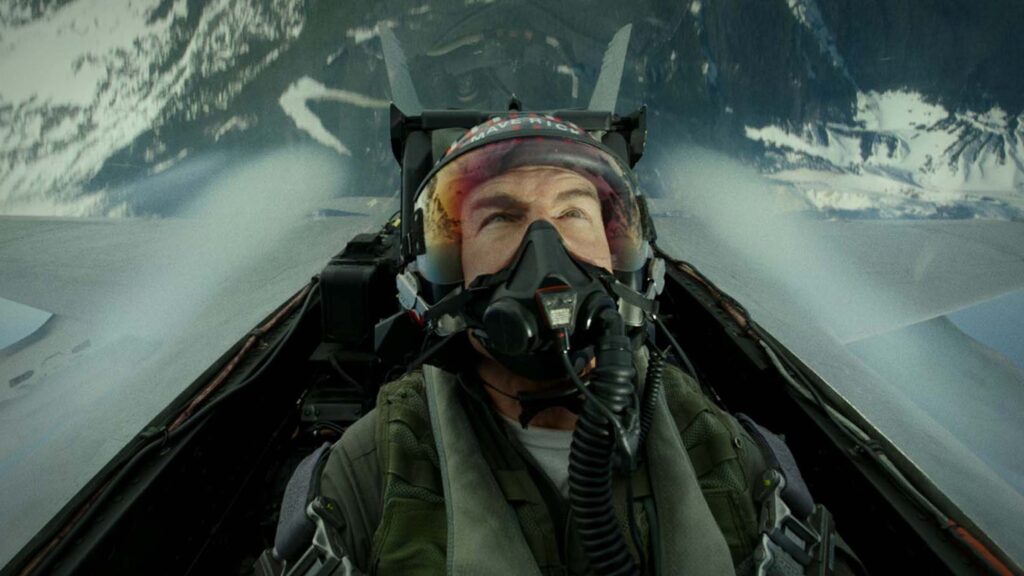
Just one summer ago, as the theatrical distribution model teetered on the precipice of doom in the aftermath of the COVID-19 epidemic, a decades-in-the-making legacyquel emerged to shatter expectations and become one of the biggest hits of 2022 (no, we’re not talking about the one with the Na’vi.) With a $719 million domestic box office total—$1.49 billion worldwide—Paramount and Skydance Media’s Top Gun: Maverick became a surprise critical and audience favorite, going on to score six Oscar nominations, including Best Picture.
With its gravity-defying jet fighter maneuvers, director Joseph Kosinski’s wildly entertaining sequel to the 1986 original thrilled audiences by putting them in the pilot’s seat. Rather than shooting with a green screen and in flight simulators, Kosinski, producer Jerry Bruckheimer, and producer/actor Tom Cruise (ace aviator Pete “Maverick” Mitchell) wanted to capture all the action from inside the cockpit of an F/A-18 Super Hornet fighter jet, with the actors strapped on board IRL for the wild ride. But it wasn’t an easy process. Here’s how they figured it out…
After months of working with NAVAIR (United States Naval Air Systems Command) to hammer out logistics and safety procedures, six 6K Sony Venice IMAX-quality cameras were mounted inside the cockpit of an F/A-18 while four more were mounted externally to a second F-18.
To capture the propulsive brunt of a catapult launch or the violent thump of a trap on the deck of an aircraft carrier (e.g. landing a 50,000-lb aircraft with only 500 feet of runway in under two seconds), Kosinski’s team filmed on an operational aircraft carrier in the summer of 2018: the Nimitz-class nuclear-powered USS Theodore Roosevelt. With both F-18s flying parallel courses, the filmmakers captured footage from inside and outside the aircrafts under similar conditions—angles, lighting, weather—giving the audience the visceral feel of every hypersonic swoop and catapult shot.
The film did such a stunning job, in fact, that some fans assumed that Maverick and his “Top Gun” Navy Fighter Weapons School students actually flew their own jets! Understandably, the Navy could not possibly hand over such a dangerous and highly classified military exercise to civilians—especially with an aircraft that costs upwards of $65 million. Instead, dozens of active-duty naval aviators were charged with flying the various aircrafts featured in the film.
To mark the one-year anniversary of the film’s debut, we had the rare opportunity of chatting with two of the naval aviators who helped create some of Maverick‘s unforgettable aerial sequences. [At their request, their names are not disclosed and will be referred to as “Aviator One” and “Aviator Two” respectively.]
Both men are Lieutenant Commanders in the Navy with more than 10 years in service, who were partnered up to fly in some of the aircraft carrier sequences in the film’s climax.
“It was a whirlwind couple of days for us. We flew out to the TR [USS Theodore Roosevelt] on Friday night, flew the maneuvers on Saturday and Sunday, and then went home,” recalls Aviator One, a Landing Signal Officer (“LSO”) and F-18 flight instructor for carrier qualifications. He was especially impressed with the film crew, who had to accomplish a lot in a completely foreign—and very hectic!—environment on the flight deck of an operational aircraft carrier.
“That was very interesting. In the same way that an aircraft carrier can be kind of a chaotic orchestra, that’s how we sometimes describe it. Making a movie seems similar, with so many moving parts,” says Aviator One, adding that “Seeing those two worlds collide and working well together was really cool.” Aviator Two, a flight instructor with 2,000 flight hours, agrees: “Having to do it [make a movie] within the confines and restrictions of an aircraft carrier was pretty impressive.”
Aviator One had the jet with the four cameras mounted externally. “One facing forward and one aft [backwards] mounted to the centerline of the jets’ bellies, one on top facing aft between the tails, and another one on the wing facing toward the fuselage,” he shares. Having all that added equipment onboard did not modify the way he had to handle the aircraft, he says; though to pass NAVAIR’s certification process, the cameras could not interfere with safety protocols in the event of an emergency mid-flight ejection.
“For the cameras mounted internally in the aft cockpit, in the event of an ejection, they had to be sure that the wind blast wouldn’t dislodge the camera and endanger the pilot. And for the externally-mounted cameras, we were careful to stay under a certain speed to avoid damaging the cameras. But we were still able to fly within 300-500 knots [345-575 mph]. For most of the maneuvers, we weren’t necessarily limited by the cameras, they were done at the speeds that we would normally do them,” says Aviator One.
Flying the other F-18 with cameras mounted inside, Aviator Two had Cruise in the backseat. Two of the cameras were pointed forward looking over Aviator Two’s shoulder towards the cockpit and the others were behind him, facing Cruise. Amazingly, all that equipment did not impact his flying, he recalls. “I don’t know how they did it, but it was pretty impressive. It didn’t really affect my flying at all, except to be aware of what the cameras were actually looking at, which at times somewhat influenced my own movements in the cockpit.”
And while the cameras didn’t impact his flying, they did require the addition of a morning visit to the HMU (hair & makeup) trailer. “With the two front-facing cameras, they could definitely see the back of my neck. The makeup took a really long time, I wasn’t expecting that,” Aviator Two laughs. To maintain continuity, aviators who flew with an actor in the back wore the same helmet and patches as that actor. After watching the film, he is pretty impressed with how realistic it all came out.
Why was the two-seater F-18s primarily used in this film? Because even though the United States Navy certainly has fifth-gen aircrafts in its arsenal, including the F-35 Lightning, those are all single-seat aircrafts. Since filming requires a naval aviator flying the aircraft with the actor in the backseat, using F-35s in the film—although more accurate—was a no-go from the start. Even so, “I thought they did a pretty good job of making it look like they [the actors] were in the front seat, or in a single-seat aircraft,” says Aviator Two. “Anyone who’s an F-18 pilot could tell, but it’s pretty subtle. And it ended up looking pretty good.”
Indeed, the Navy’s DNA was weaved intricately into Maverick‘s cinematic spectacle. Not only did NAVAIR’s engineers and artisans devote 1,000 hours to maintaining the F-18s used during production, principal photography took place on at least five naval air stations (“NAS”) around the country. The script—co-written by Film Independent Spirit Awards alum Christopher McQuarrie—also incorporated input from a group of F/A-18 pilots early on, which explains how a real-life bombing mission in 1991, “Stroke 3”, came to inspire the climactic dogfighting sequence at the end.
Since all the flying maneuvers had been planned out by Navy technical advisors including Captain Brian Ferguson, it was an efficient process once the aviators got onboard. “As the pilots, we just showed up and flew,” says Aviator One. “My job was to match the aerial maneuvers of the pilot flying with Tom Cruise and mimic the same passes to match the shots.” Amongst the external shots that his single-seater captured include: the catapult shot in the opening montage, Maverick’s catapult shot when he takes off on the final mission, and a few variations of Maverick’s flyby buzzing the radio tower.
There is also a shot of an F-14 Tomcat coming into the barricade when Maverick and Rooster are forced to land on the carrier without landing gear. Since the F-14 was decommissioned in 2006, the Tomcat sequences were done with an F-18 and digitally edited in post. “I think Hangman’s trap has an angle from below the aircraft that would also have been from that day,” Aviator One observes.
All this footage would go hand-in-hand with those captured from Aviator Two’s F-18. “They wanted a list of maneuvers like the catapult shot, some low-level flying over the water, takeoffs and landings, flybys of the ship at different speeds, and some random shots. It was a lot of fun. By that point, the actors had flown in the jets quite a bit, so they were somewhat comfortable,” Aviator Two recalls.
Since filming had to fit around normal operations on the carrier, they only had a limited window in the mornings. “We didn’t really have a lot of time with two one-hour flights per day. We had to be efficient and try to get everything as quickly as we could,” he says.
While they were in the air, there was no contact with the film crew; Cruise was the one turning the camera off and on. “Once we [he and Cruise] were airborne, it was very much all business. I would do the maneuver, he would do his thing in the back and then we would stop. He would turn the camera off and then we’d move on to the next maneuver. He was very quick. We tried to get done as quickly as possible. It was one thing to the next and before we knew it, we were back on deck,” Aviator Two elaborates.
“The next day, I went out without an actor in the back and repeated a lot of the same maneuvers, just to get some more shots. Once I launched, I was the only plane airborne and got to do what we don’t normally get to do around the boat,” Aviator Two recalls of the rare assignment. “There’s no other aircraft in the pattern, so I did unlimited flybys, takeoffs, landings, traps and just cool maneuvers around the boat, one after another. It was basically an hour of doing an airshow by myself.”
A quick glance at the end credits illustrates the massive effort on the Navy’s part in bringing this ode to naval aviation to the screen. Aviator One is especially glad that the Navy extended the opportunity to participate in the film to many of his fellow pilots.
“That was the nice thing about it. [Navy technical advisors] Capt. Ferguson and Capt. Papaioanu, who was the [commanding officer] of TOPGUN at the time, were really good about involving many pilots, especially the lieutenants and younger pilots in the fleet. They shared it around so that everyone got to be part of this experience. I was just one of the many F-18 pilots who happened to be in the right place at the right time and got to participate in a pretty cool experience,” he says. Aviator Two concurs. “Probably will never get to top that one again. It was definitely a once-in-a-lifetime experience.”
Film Independent promotes unique independent voices by helping filmmakers create and advance new work. To become a Member of Film Independent, just click here. To support us with a donation, click here.









